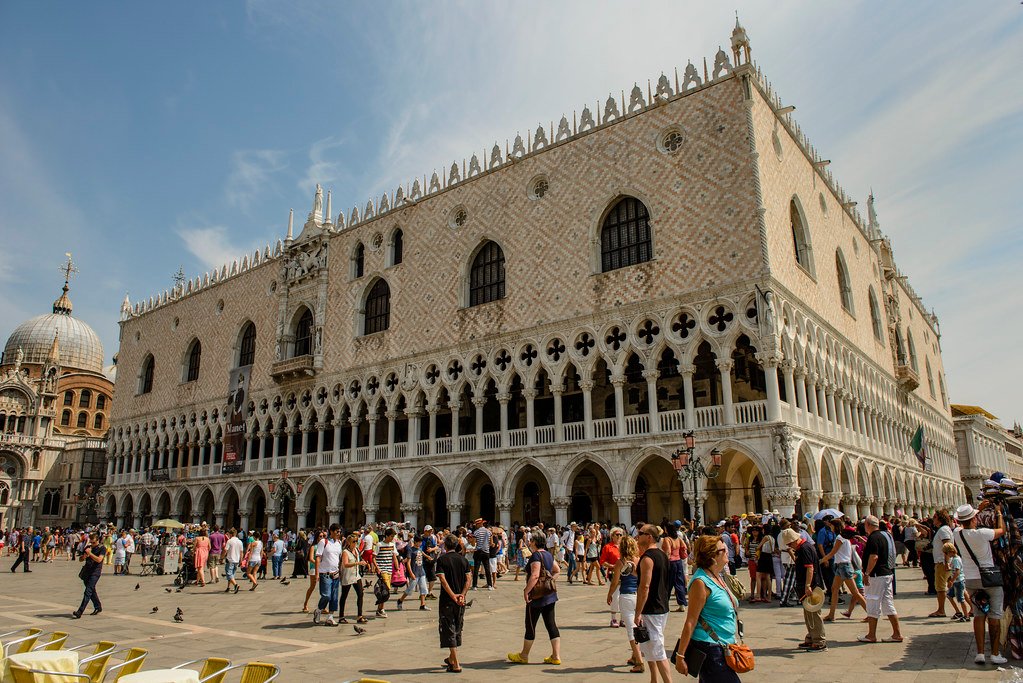
A Comprehensive Guide to Hagia Sophia Tickets and Materials: Everything You Need to Know
Hagia Sophia is one of the most iconic landmarks in Istanbul, Turkey, and is a must-visit destination for tourists from around the world. This ancient architectural marvel is a symbol of the city’s rich history and culture and has been a center of religious and cultural significance for over a millennium.
Visitors can explore the building’s stunning architecture, intricate mosaics, and historic artifacts by purchasing tickets and accessing the museum’s collections. Additionally, visitors can also purchase various materials related to the Hagia Sophia as a souvenir or to learn more about its rich history.
Table of Contents
Hagia Sophia Tickets
Visitors can purchase tickets to enter the Hagia Sophia at the ticket booths located at the entrance of the museum. It is advisable to purchase tickets in advance, especially during peak tourist season, to avoid long lines and ensure entry into the museum. Visitors can also book Hagia Sophia tickets online through various travel agencies or the official Hagia Sophia website. There are different types of tickets available, including single entry tickets, guided tour tickets, and combined tickets that provide access to other nearby landmarks such as the Topkapi Palace and the Basilica Cistern.
Single entry tickets to Hagia Sophia cost 100 Turkish Lira for foreign adults and 50 Turkish Lira for Turkish citizens. Children under the age of 8 are granted free entry. Guided tours are also available, and the price of a guided tour ticket varies depending on the tour package selected.
Hagia Sophia Materials
The Hagia Sophia was built with a combination of materials that were both innovative and durable for its time. Some of the key materials of Higia Sophia used in its construction include:
1. Brick
The majority of the Hagia Sophia’s walls are made up of brick, which was a common building material in Byzantine times. The bricks were made locally and were placed in a herringbone pattern, which provided added strength to the structure.
2. Marble
Marble was used extensively throughout the Hagia Sophia’s interior. The columns, floors, and walls are all covered in colorful marble, giving the space a regal and opulent feel. The marble was sourced from quarries in Turkey and other parts of the Byzantine Empire.
3. Stone
Limestone and granite were also used in the construction of the Hagia Sophia. The massive blocks of stone were used in the lower levels of the structure, providing added stability and strength to the building’s foundation.
4. Metal
Iron was used extensively in the construction of the Hagia Sophia’s dome. The iron chains were placed in tension to prevent the dome from collapsing under its own weight. Additionally, gold was used to adorn the interior, including the dome’s mosaics.
In addition to tickets, visitors can also purchase a variety of materials related to the Hagia Sophia. These materials provide a deeper understanding of the history and significance of the building and make for a great souvenir to take home.
One popular item is the guidebook, which provides a detailed description of the Hagia Sophia’s history, architecture, and mosaics. It also includes photos and maps to help visitors navigate the museum. The guidebook is available in various languages, including English, Turkish, Arabic, and German.
Visitors can also purchase postcards featuring stunning images of the Hagia Sophia’s architecture and mosaics. These postcards make for a great souvenir and can be mailed to friends and family back home.
Another popular item is the replica of the famous mosaic of the Virgin Mary and baby Jesus, which is located in the upper gallery of the museum. The replica is made using high-quality materials and is available in various sizes. It is a great way to bring a piece of the Hagia Sophia’s history and beauty home.
Visitors can also purchase traditional Turkish souvenirs such as Turkish tea sets, Turkish lamps, and Turkish carpets at the gift shop located inside the museum.
Preservation of Hagia Sophia
The Hagia Sophia has undergone numerous renovations and restorations throughout its history to preserve its architectural and cultural significance. In 1935, it was converted into a museum by the Turkish government, and it remained so until 2020 when it was converted back into a mosque.
The preservation of the Hagia Sophia has been a matter of great importance to the Turkish government and UNESCO, who have designated it as a World Heritage Site. As a result, strict regulations are in place to ensure that the building’s historic significance and integrity are maintained. The museum is equipped with a team of conservationists and restoration experts who work to preserve and maintain the Hagia Sophia’s mosaics, frescoes, and architecture.




